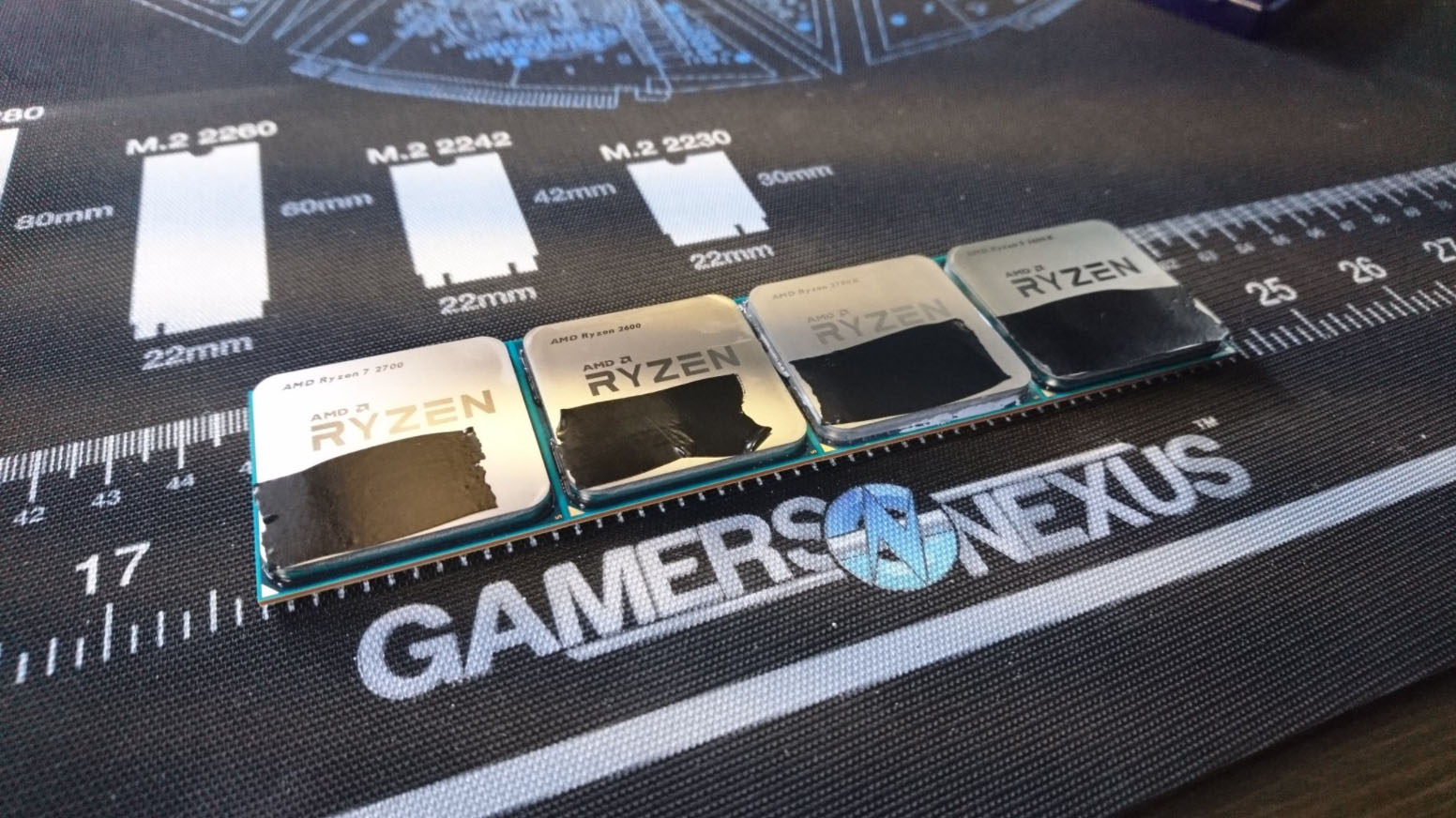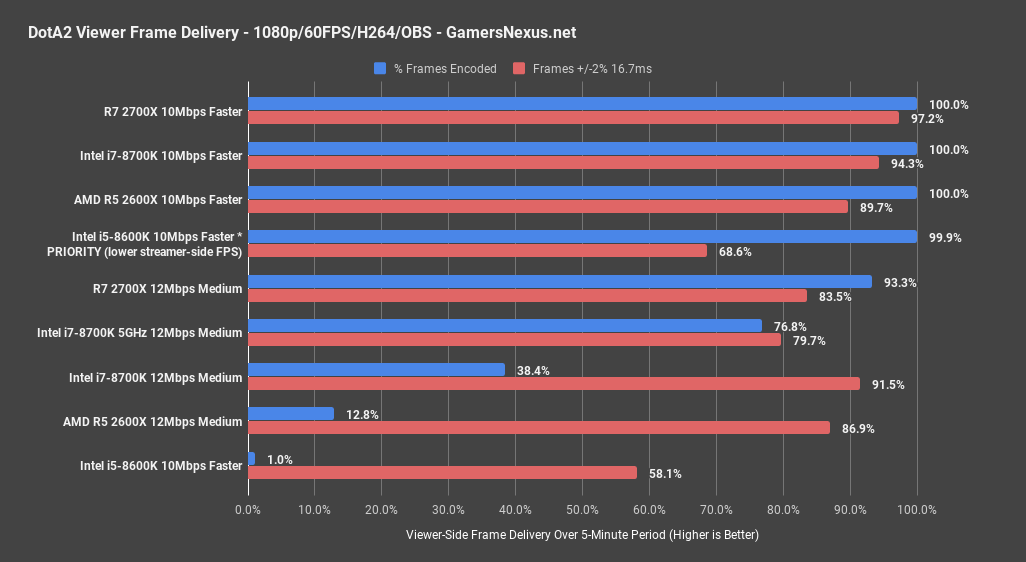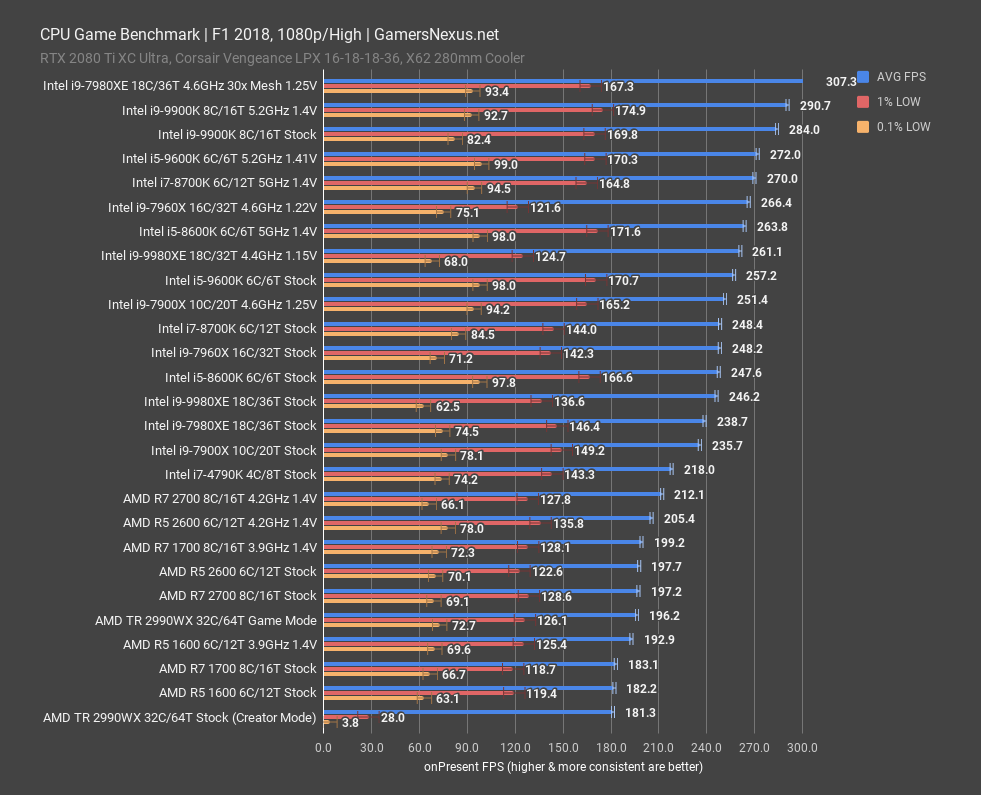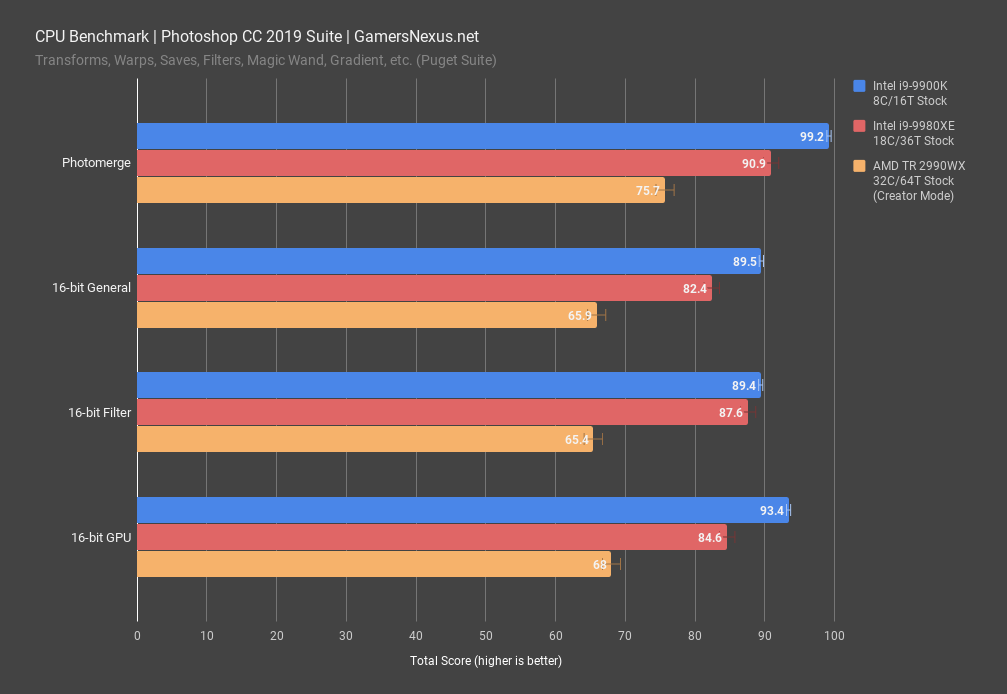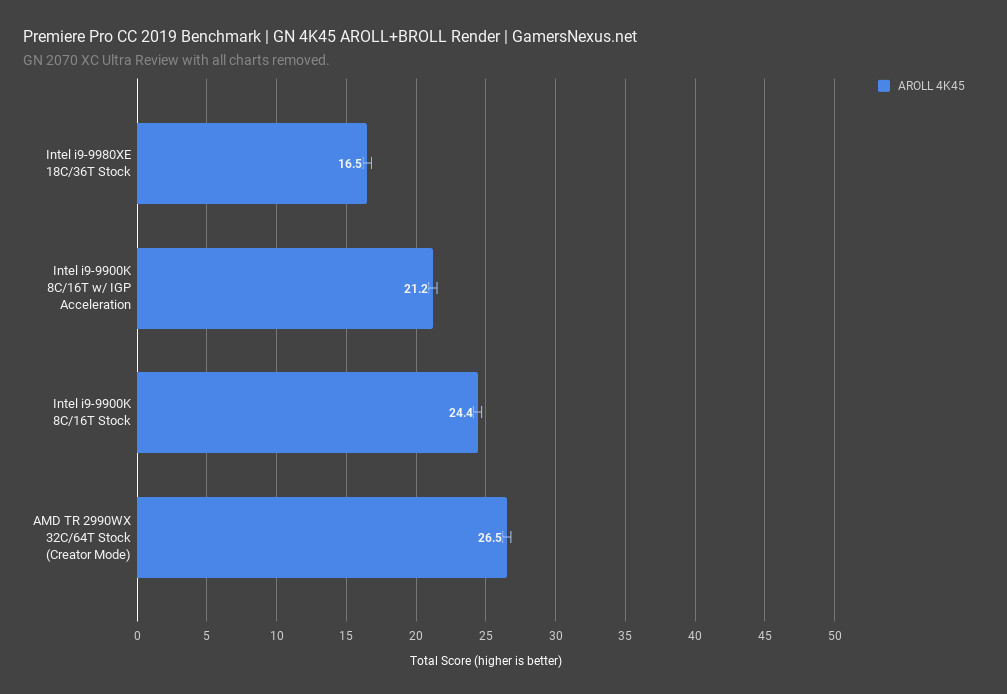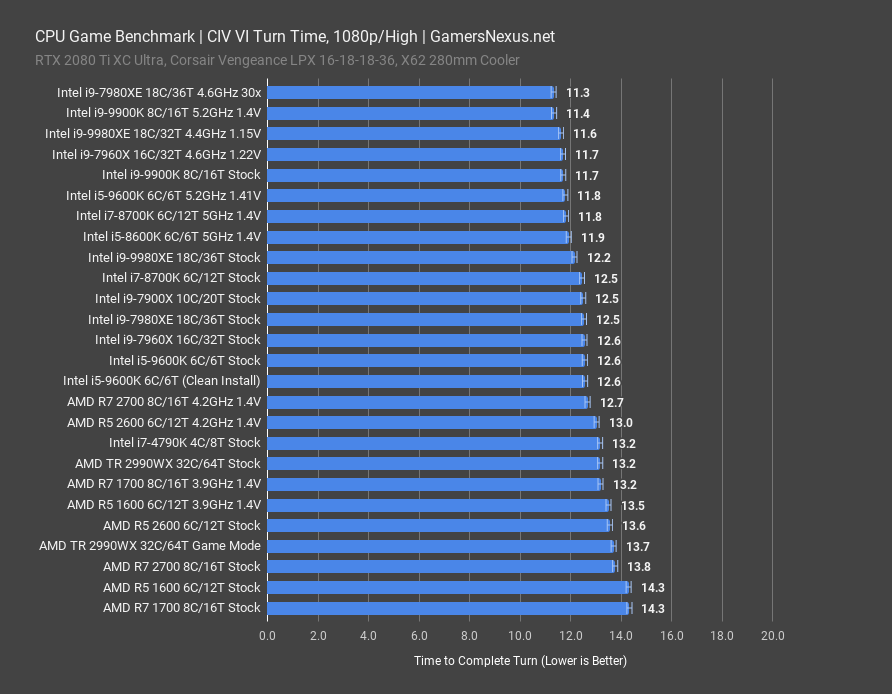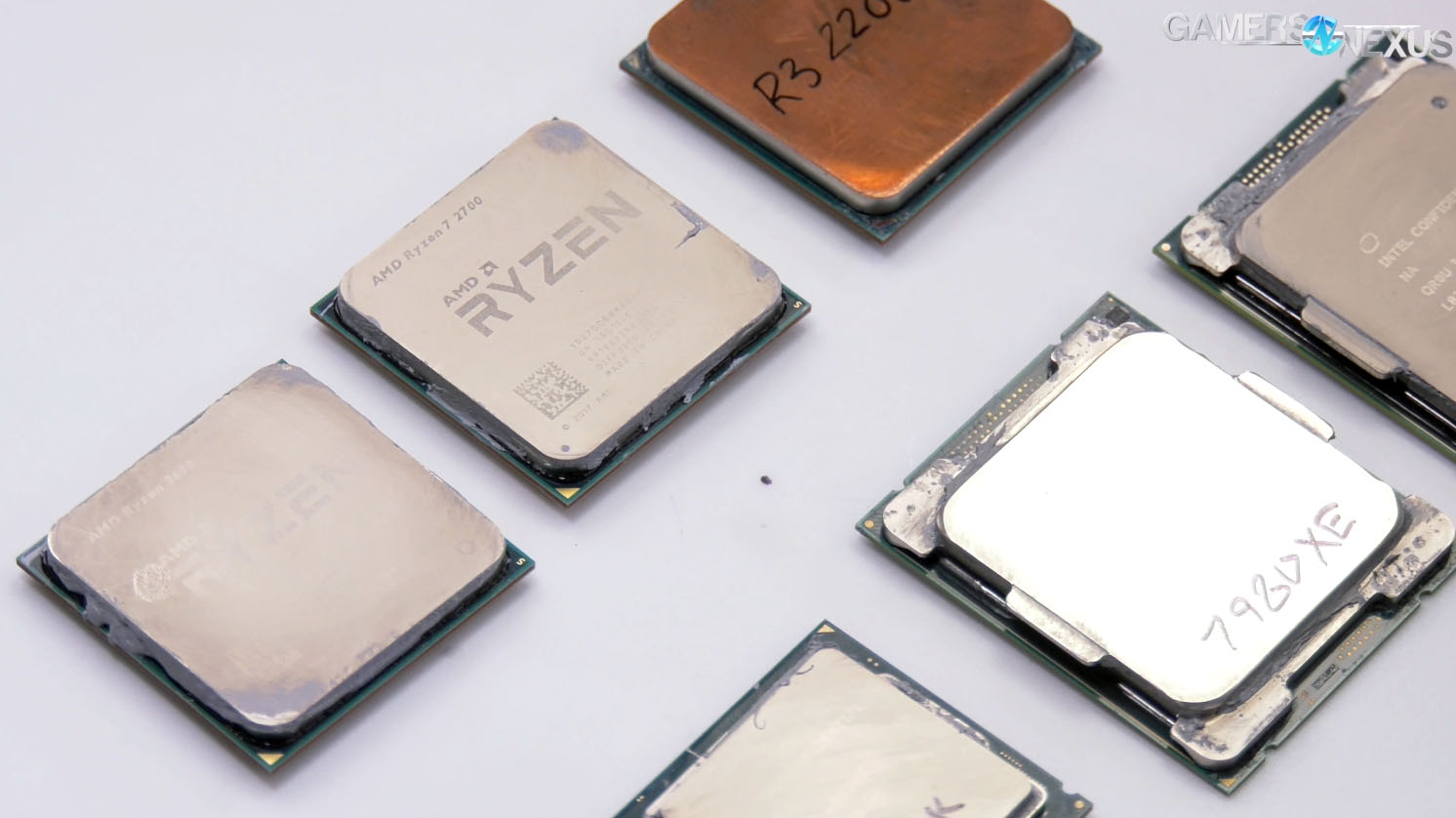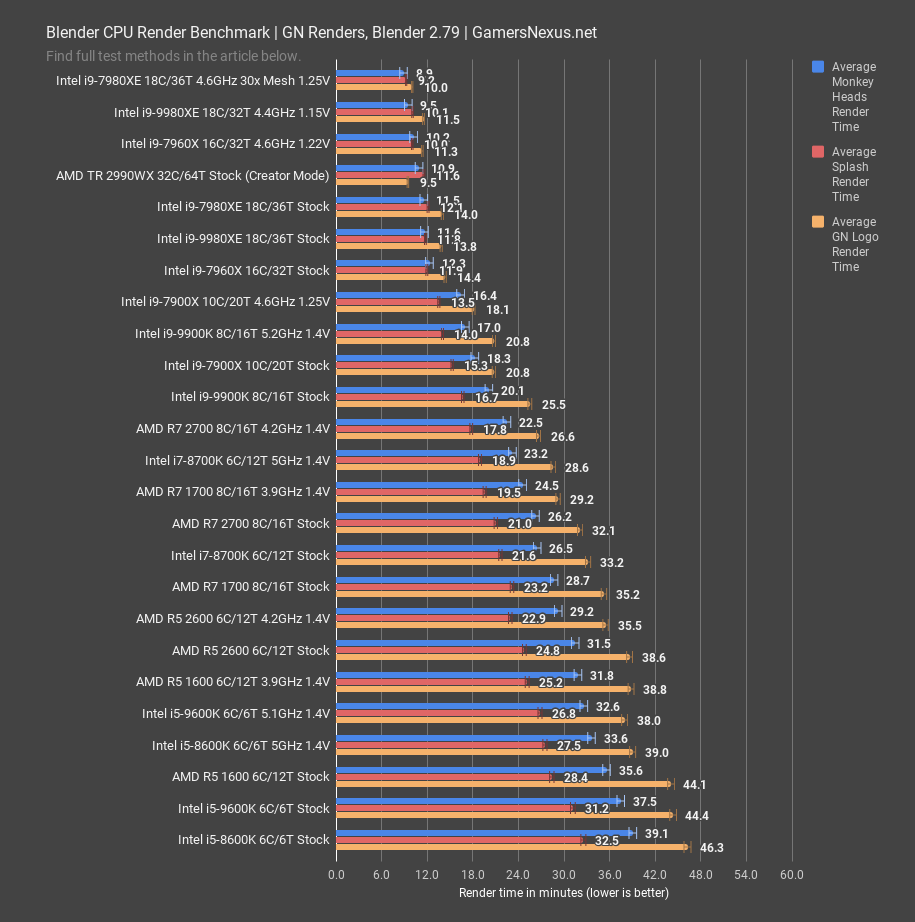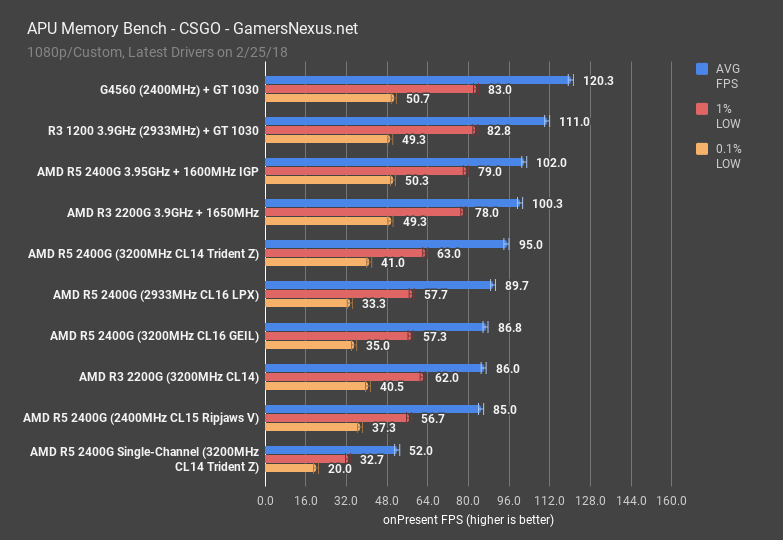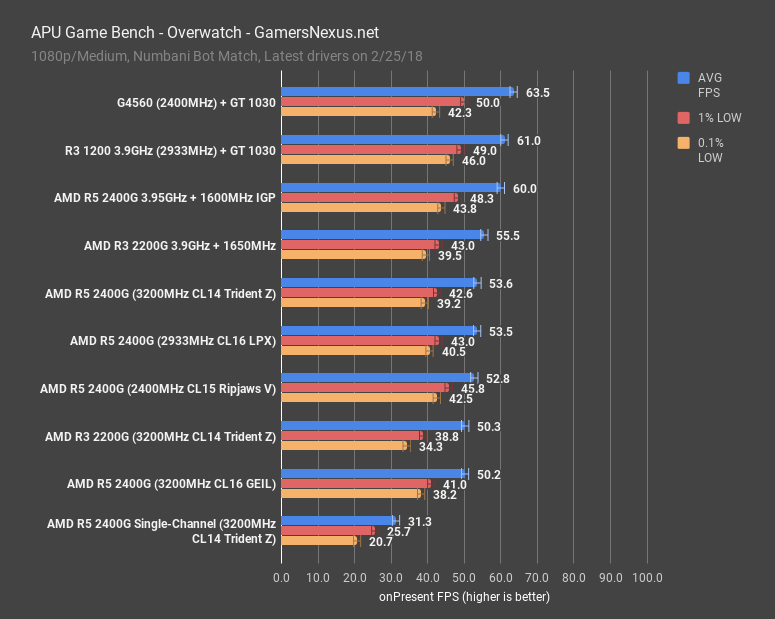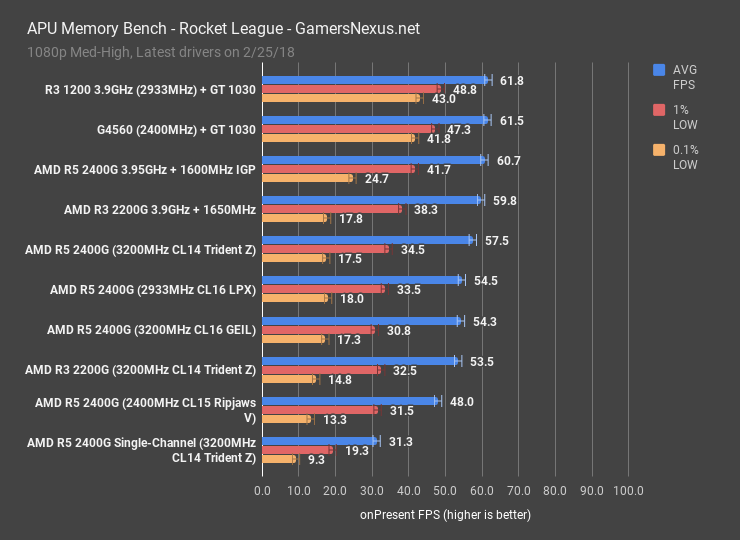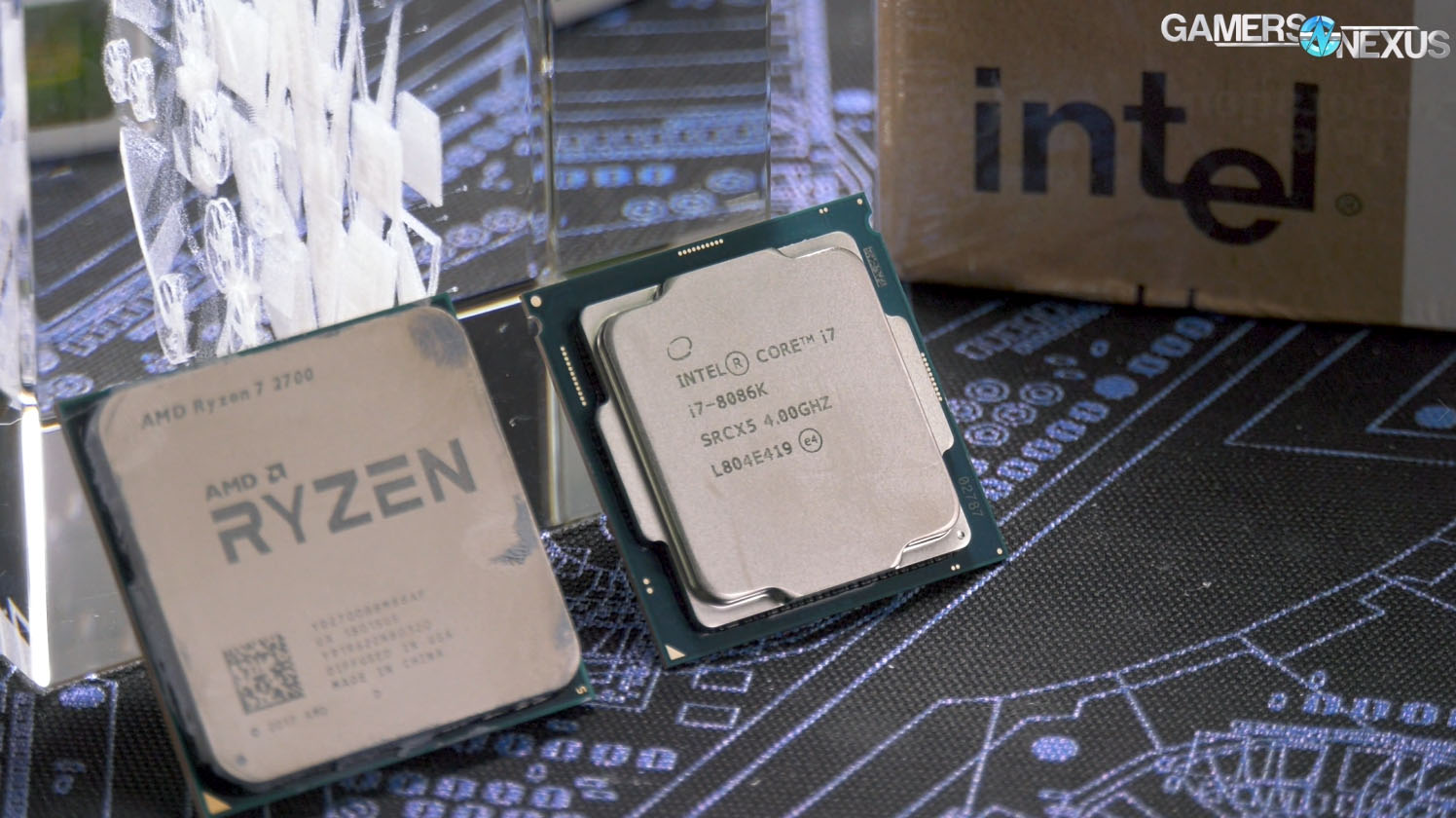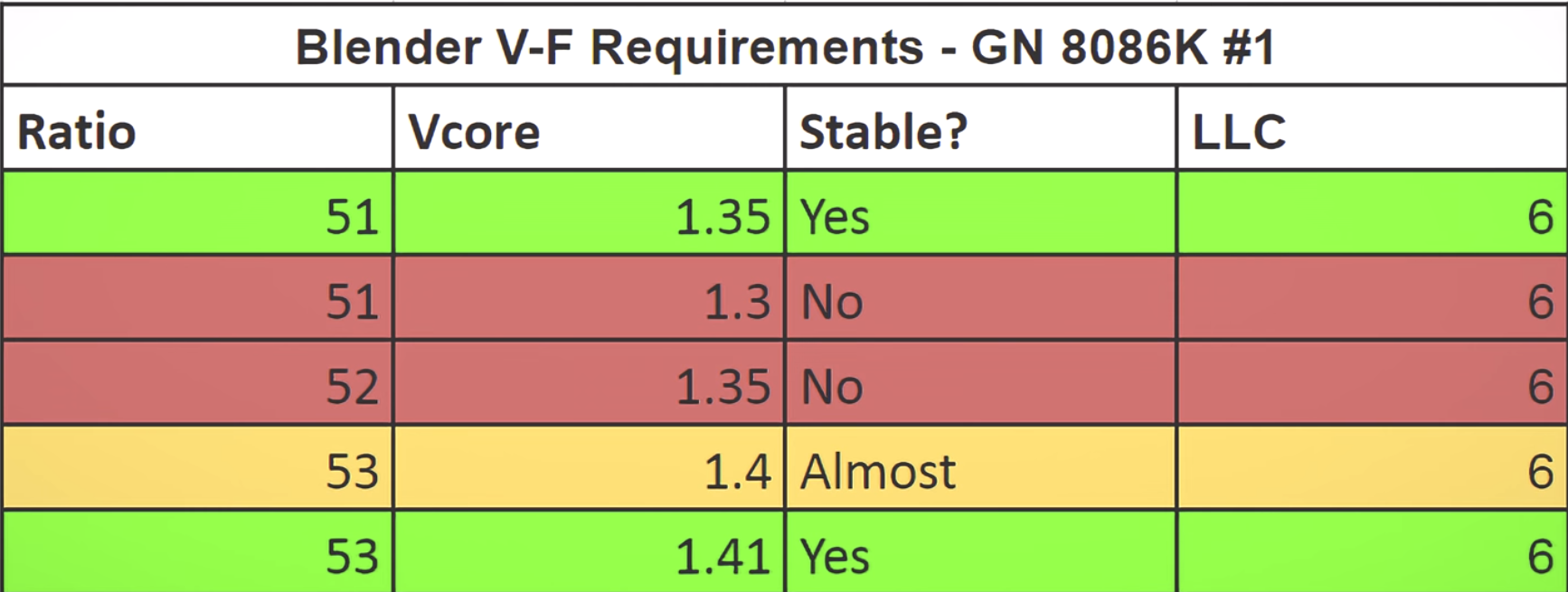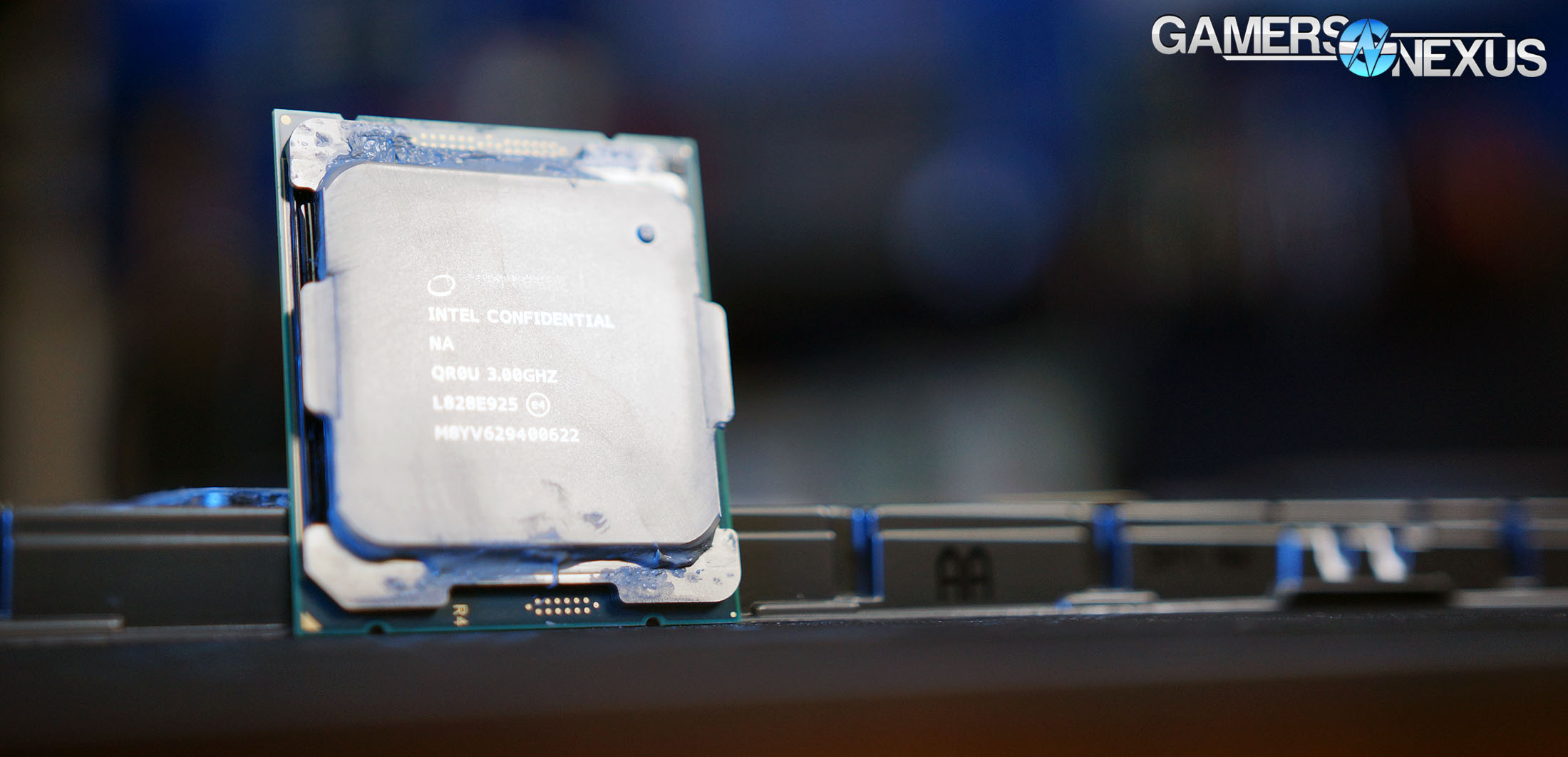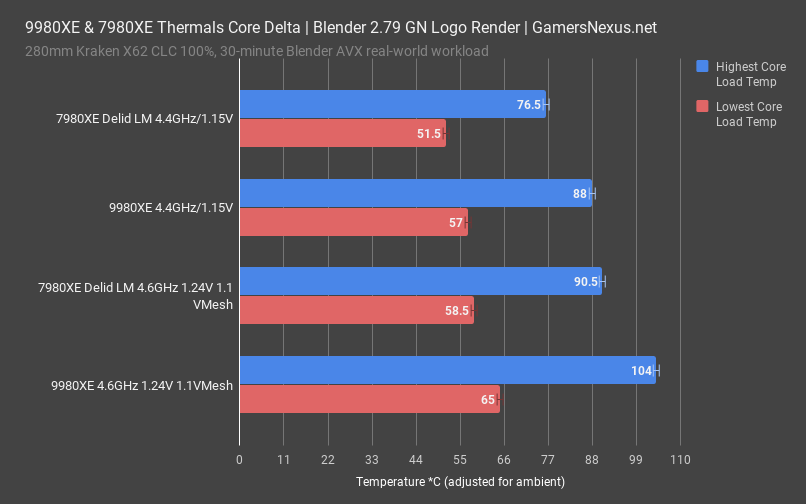As we continue our awards shows for end of year (see also: Best Cases of 2018), we’re now recapping some of the best and worst CPU launches of the year. The categories include best overall value, most well-rounded, best hobbyist production, best budget gaming, most fun to overclock, and biggest disappointment. We’ll be walking through a year of testing data as we recap the most memorable products leading into Black Friday and holiday sales. As always, links to the products are provided below, alongside our article for a written recap. The video is embedded for the more visual audience.
We’ll be mailing out GN Award Crystals to the companies for their most important products for the year. The award crystal is a 3D laser-engraved GN tear-down logo with extreme attention to detail and, although the products have to earn the award, you can buy one for yourself at store.gamersnexus.net.
As a reminder here, data isn’t the focus today. We’re recapping coverage, so we’re pulling charts sparingly and as needed from a year’s worth of CPU reviews. For those older pieces, keep in mind that some of the tests are using older data. For full detail on any CPU in this video, you’ll want to check our original reviews. Keep in mind that the most recent review – that’ll be the 9600K or 9980XE review – will contain the most up-to-date test data with the most up-to-date Windows and game versions.
Best Overall Value – R5 2600
Find the AMD Ryzen 5 2600 on Amazon.
The award for Best Overall Value goes to AMD’s R5 2600 this year, which receives the award for its new $160 price-point and its high-marks performance in both gaming and lightweight production workloads. We originally reviewed the R5 2600 here, although new numbers were published with our 9980XE review.
As a reminder, it wasn’t long ago that we were buying i3 CPUs in the 6th and 7th gen for $160, which were always a tough purchase to justify against the then-incumbent Intel i5s at around $200. Although threads aren’t everything, the higher thread-count R5 2600 and its reasonable overclock frequencies do establish the product as a lightweight champion with versatility for gaming and some production tasks.
(Viewer-side performance is good at Faster settings for the 2600. Learn more in our review.)
Over the past year, we’ve tested the R5 2600 in streaming while gaming simultaneously and have found it to perform reasonably well with Faster H264 encode settings. We’ve also tested it for Blender workloads, where an overclocked 2600 to 4.2GHz ranks nearing last generation’s R7 1700 at stock settings. We’ve tested the CPU in gaming, where it can keep up admirably, shown in several of our charts from the recent 9600K review.
The R5 2600 isn’t the best CPU in any one category, but it does manage to achieve genuinely good performance – especially at its new price – in gaming, lightweight production, and even in simultaneous livestreaming and gaming workloads. We can strongly recommend the R5 2600 for a mid-range gaming PC build where the budget can’t quite stretch to i7 or R7 territory. For most users, this CPU will be plenty, just like we once said – about five generations ago, now -- that an i5 is “enough” for most gamers, it is now instead true that an R5 is “enough” for most.
Most Well-Rounded – i9-9900K
Find the Intel i9-9900K on Amazon, probably. But likely for way too much money.
Runner-Up: Intel i7-8700K (Amazon).
Where the R5 2600 holds a well-deserved award for best overall value, the i9-9900K – even with its somewhat absurd pricing – does deserve to nab the award for Most Well-Rounded.
To be fair, this one is still a toss-up between the 9900K and the 8700K, the latter of which received this award last year. To us, this award category means one thing: This is a CPU that can play games at the highest framerate and with the most consistent performance, but can also execute in common production applications with top-class performance.
That would include Adobe Premiere, wherein we saw the 9900K nearly matching the performance of the $2000 9980XE, it would include Photoshop, where the 9900K outperformed workstation competition, and would include Blender, where the overclocked 9900K managed to complete frames in about 17 minutes for the monkey head render. That put it as on-par with the 7900X, which is an impressive feat. Similarly, the 9900K also chart-tops in our gaming benchmarks, where it managed some of the fastest turn completion times in CIV VI, reducing the wait time between turns by noticeable margins. It held the highest marks in Far Cry 5 at 1080p, pushing 163FPS AVG in at 5.2GHz and 156FPS AVG stock. The 9900K further pushed nearly 300FPS both stock and overclocked in F1 2018 at 1080p.
Despite its price, and despite some of the controversy around it, the 9900K is a very well-rounded performer in all applications tested. We’d still like to see the price come down, and until it does, the 8700K remains halfway holding onto this award. And of course, to see any of those charts in more detail, check our original review.
Best SMB & Hobbyist Production – R7 2700
Find the AMD R7 2700 on Amazon.
For the Best Small Business and Hobbyist Production CPU, we’re giving it to the R7 2700.
This category is for someone who might be ramping into professional workloads or who is just starting out as a small business in the field of content creation. The R7 2700 isn’t the best gaming CPU – it does fine, but it’s not something you buy for ultra-high refresh, gaming-only builds. That said, it’s an excellent value option that manages to perform better in production applications than its new $250 price-tag would lead you to believe, and it does well enough in games to enable gaming on the side.
In our Blender 2.79 benchmarks, we charted the R7 2700 as performing at 8700K levels when both were stock, completing our monkey head render in 26 minutes and our GN logo render in 32 minutes, versus 27 minutes and 33 minutes for the $80 more expensive 8700K. For tile-based rendering applications like Blender, the 2700 does well. Overclocking to 4.2GHz all-core got the 2700 to a 23-minute completion time for the monkey head render, ranking it as just behind the stock 9900K, which is often over $500. That level of performance for the price is nearly unbeatable right now, allowing the 2700 to earn its award in this round-up.
Ryzen isn’t always the best for all production workloads, though: For Adobe applications, desktop-class Intel CPUs tend to do better. We illustrated this recently in Photoshop, where the 9900K outperformed the 9980XE and 2990WX by a somewhat significant margin. That’s because Photoshop and Premiere still favor raw frequency, with a secondary requirement on thread count. For someone who is a heavy Photoshop or Premiere user, we would lean toward an 8700K or 9900K recommendation in the more cost-friendly hobbyist category. This is for someone who is making some money from the work, but isn’t doing it full-time just yet. For Blender, like rendering our GN Logo intro animation, the R7 2700 is a powerful workhorse that pushes through frames even faster with an easy overclock, allowing it to match 2700X levels of performance. The 2700 also does well in its balance of gaming capabilities for the occasional session while still enabling efficient throughput for thread-intensive applications.
Primarily, the price of $250 and ease of a 30-minute overclock session allows the 2700 to stretch its legs at a more affordable price-point than competing CPUs.
Best Budget Gaming – R3 2200G
Find the AMD R3 2200G on Amazon.
The next award is for Best Budget Gaming CPU. Last year, we gave this to the Intel Pentium G4560, which allowed for reasonable baseline CPU performance at $60 to $80, depending on the time of year you bought the CPU. This year, the R3 2200G shakes things up by integrating a reasonable IGP for some additional gaming horsepower. Although it’s priced at $100 and therefore more expensive than our budget CPU category calls for, the trick is that there’s no need to buy a GPU: it doesn’t get much more budget than a $100 processor that includes both the CPU and the GPU for the system.
(Below: Old charts from our February review)
The 2200G includes a graphics processor that’s strong enough for eSports-style titles like Rocket League, Overwatch, and CSGO. Beyond that, you’ll definitely want a dedicated GPU and CPU, because performance of the R3 2200G suffers hard in other games – Total War: Warhammer is a great example, where performance plummets to well below the performance of just about anything else.
That said, if you’re really tight on budget and want to save money on other components, an R3 2200G with an overclock will perform well in the aforementioned games while allowing cost savings elsewhere in the build. That’s the real secret of this one: A cheaper PSU, cheaper motherboard, and significantly smaller case can all be combined with the R3 2200G.
This CPU is a fun overclocker and not difficult to push beyond its stock settings, and our previous testing does post noteworthy games when the IGP is overclocked. It’s also an excellent match for those lighter load titles that are burgeoning in popularity.
Although we wanted to include Intel’s Pentium G series as a good budget option when coupled with a discrete GPU, all Pentium G CPUs are currently at or above $100 given the 14nm shortage. This sad side effect means that it can’t make the cut for our list, as the combined price with a GPU climbs to be too high to be worth it. Ultimately, if you can find a $50-$60 CPU and couple it with a $90 video card, the combination is going to be better than a single R3 2200G. The R3 2200G comes in cheap, though, and can fit in cases that other setups can’t. The R5 2400G doesn’t make this list, as its $160 price isn’t sensible and you’d be far better off with a discrete GPU and CPU combination. And if you’re curious, we’re working on a 200GE review soon, so subscribe for that follow-up.
Most Fun to Overclock – 8086K
Find the Intel i7-8086K on Amazon.
To revive our Most Fun to Overclock Award, Intel receives this one for its 8086K CPU launched this year. These are binned 8700Ks that are nearly guaranteed to push far higher frequencies and lower voltages than their 8700K counterparts. Although we wouldn’t recommend an 8086K for stock usage – there’s really not much point when considering an 8700K instead – it is genuinely one of the most fun CPUs we’ve worked with this year for overclocking. A quick delid and some liquid metal later, and we got our first 8086K sample up to 5.35GHz with 4000MHz memory frequencies.
If you have some money to spend and are more interested in overclocking as a hobby or sport than in simply gaming or building, the 8086K offers a good avenue to dip into the OC world. The fact that headroom is often high means that the requirement to learn overclocking tricks will kick in sooner, posing an excellent learning opportunity for CPU overclocking. Although the 8086K was officially limited in quantity, it’s still available through several online retailers at around $440.
Biggest Disappointment – i9-9980XE
Find the Intel i9-9980XE nowhere, because it isn’t available. That said, the 7980XE is good.
This brings us all the way around to the Biggest Disappointment category. Last year, we gave this to Intel’s Kaby Lake-X CPUs, which were thereafter discontinued for the X299 platform. This year, the Biggest Disappointment goes to the Intel i9-9980XE: This CPU aimed to revamp the 7980XE, an overclocking favorite of ours, with solder between the IHS and die to improve thermal transfer; unfortunately, the gains cannot be realized as the core-to-core deltas from concavity in the IHS are significant enough that we were able to overclock much higher on a delidded 7980XE. In our review of the 9980XE, we demonstrated thermal results positioning the 9980XE peaking at 104 degrees for its hottest cores. Another chart from our review showed a highest-to-lowest core temperature delta of about 40 degrees, which means our hottest five cores are limiting every other core in frequency.
Although the 9980XE improved the situation over paste, for anyone overclocking this thing, it makes far more sense to buy a 7980XE, delid it, and apply liquid metal. The thermals are better and the overclocking headroom is substantially improved. Ultimately, we were able to push the soldered 9980XE to 5.0GHz, but that was by using this:
It’s a radiator that can fit 18x 140mm fans, or 4x 200mm fans per side. Using something like this, yes, it overclocks well, but we can achieve similar clocks on a 7980XE with liquid metal and a smaller radiator.
The 9980XE gets credit for improving baseline stock performance over the 7980XE, something we demonstrated in benchmarks like our Blender testing, but the limited overclock headroom limits its target audience to a small userbase. The ideal user of the 9980XE is one who needs both high frequency and high core count, and then further only ever wants to use the CPU in its stock configuration. We were greatly disappointed in the soldered solution and the limited gains it provided, and so the 9980XE earns its spot as recipient of this year’s Biggest Disappointment award.
Worst Trend – Motherboard Manufacturer Spec Violation
Although not strictly a CPU, motherboard manufacturers are CPU-adjacent.
The Worst Trend award goes to motherboard manufacturers, who can’t seem to agree on a standardized setting for turbo duration and BCLK. The result is a confusing assortment of auto/enabled/disabled/nebulous settings that can greatly impact test results. For consumers, this means running outside of stock in most cases, which means results that don’t necessarily match reviews. We’ve already written about this in great detail here and here, but it’s worth mentioning one more time: We’d like to see a standardized set of options for motherboards when running “stock,” e.g. 100 BCLK and adhered-to turbo boost durations. As motherboard manufacturers continue to follow the trend of one-upping each other by skirting the spec, we’ll see BCLK get closer to 101 (it’s already 100.8-100.9) and power limits get ignored.
That’s it for this year’s CPU awards show. Hopefully this CPU round-up for 2018 assists in finding the best CPU for Photoshop, video editing, Blender, gaming, and more. We’ll be back shortly with more testing, as we still have to test the 200GE, so keep an eye out for that review. More Black Friday and other buyer’s guides are forthcoming as well, which will be found both on the home page and our YouTube channel. You can follow us on twitter for closer updates.
Editorial, Testing: Steve Burke
Testing: Patrick Lathan
Video: Andrew Coleman, Keegan Gallick
